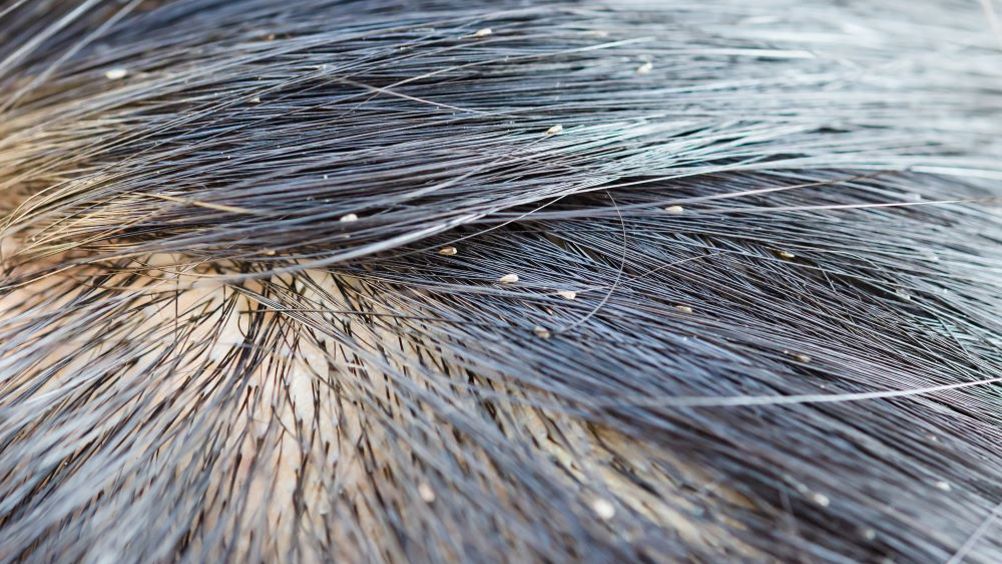References
Treating head lice: a case study

Abstract
People who are homeless are greater risk of infections than the general public because they are often in poor health and have difficulty maintaining hygiene. This article discusses the treatment of head lice and uses a case history to outline specific issues that may arise in a person who is homeless and how these can be managed.
Miss Francine Smith (name and details of patient altered to protect patient confidentiality), a 46-year old woman with a history of mental health problems and harmful alcohol use was admitted to a ward. Miss Smith had been homeless prior to admission. On admission, a head lice infestation was suspected. People who are homeless are at greater risk of infections than the general public as they are often in poor health and have difficulty maintaining hygiene (Fazel et al, 2014: Raoult et al, 2001). This article and its accompanying case study, outlines how head lice infection is diagnosed and treated, to illustrate possible issues in treatment and how these can be managed.
Head lice (Pediculus humanus capitis) are tiny parasitic insects that infest the hairs of the human head and feed on blood from the scalp. Female head lice lay eggs near the scalp. These eggs are attached to the hair with a glue-like substance and take about a week to hatch, leaving behind empty, white egg cases called nits. Head lice infestation is known as pediculosis capitis (National Institute for Health and Care Excellence (NICE), 2021).
Register now to continue reading
Thank you for visiting Community Nursing and reading some of our peer-reviewed resources for district and community nurses. To read more, please register today. You’ll enjoy the following great benefits:
What's included
-
Limited access to clinical or professional articles
-
New content and clinical newsletter updates each month

